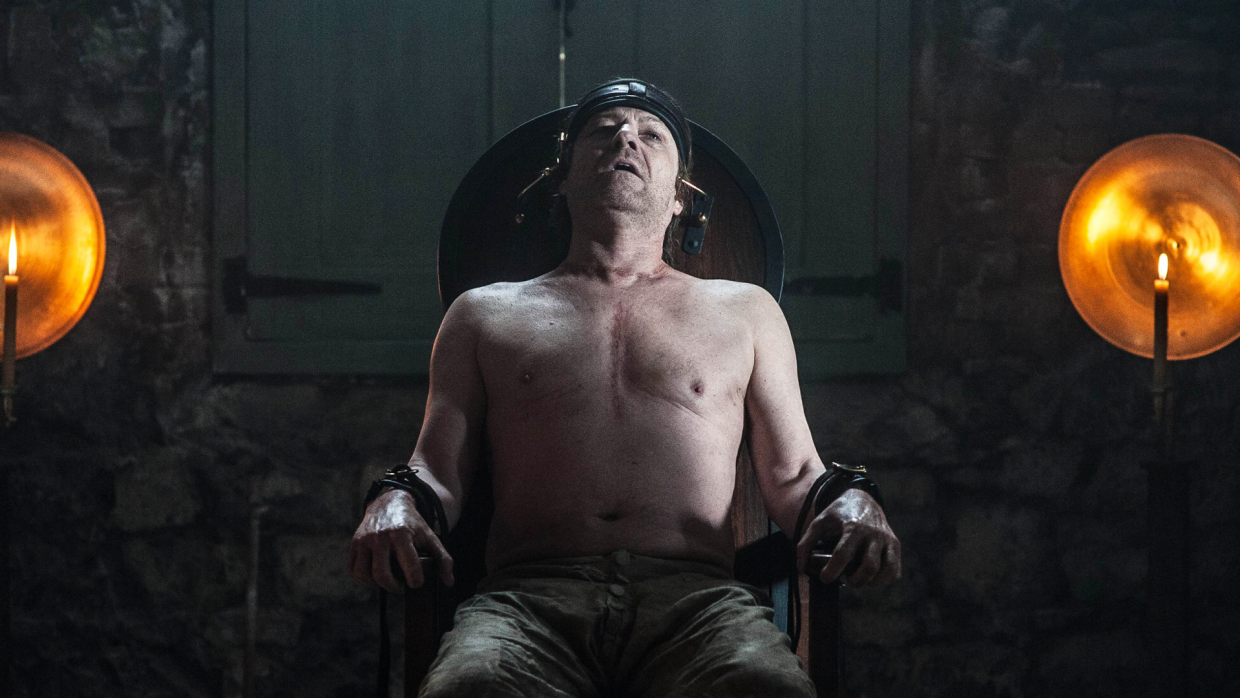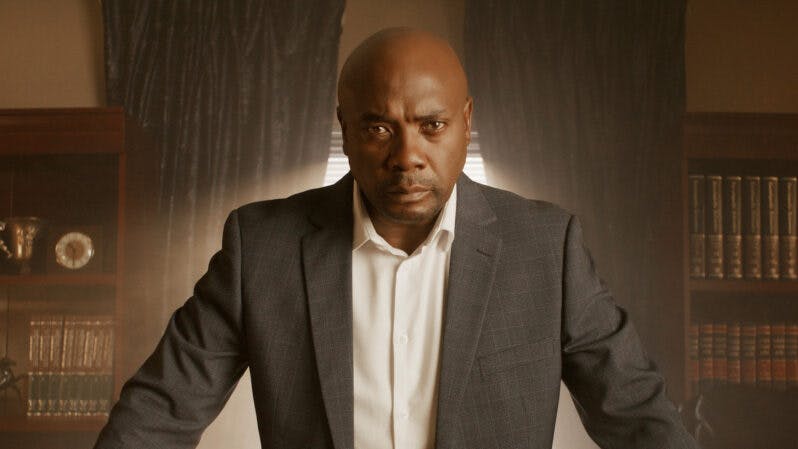
7 December 2017
5 forensic tricks in The Frankenstein Chronicles – first on Showmax
Update: The Frankenstein Chronicles is no longer on Showmax. Find your next binge in the full series catalogue here.
Inspector John Marlott (Sean Bean) of London’s River police operates at an interesting time in forensics history. The start of Season 2 of The Frankenstein Chronicles (2015-current, Seasons 1 and 2 are first on Showmax) is set in the year 1830. And that means there are a lot of investigative techniques that thriller and mystery fans take for granted that are, historically, simply not available to him. But that doesn’t make him helpless. Watch now »
Here are five ways Marlott uses the tricks of the trade in the first half of the 19th Century to investigate his creepy cases.
1. Match game
Marlott couldn’t tell that a bullet was fired from a specific gun, as the matching of slugs to patterning in the barrel was first done in 1835. But he could probably match a corpse to its drop-off point. In Season 1, episode 1, he uses a crude forensic technique to determine where a corpse, patch-worked out of the bodies of several children that turns up on the bank of the Thames, might have floated in from – by sending a dead pig down the river (not a bad technique, despite a hiccup in Season 1, episode 6). Watch now »
2. Unusual suspects
A photographic record of repeat offenders and prison inmates was first kept in 1853, so Marlott’s evidence board seems a bit scanty. But he is canny enough to keep his eye on certain “people of interest” discretely – like in Season 1, episode 3, when he places witness Flora (Eloise Smyth) in the care of the “respectable” Hervey siblings Jemima and Daniel (Vanessa Kirby and Ed Stoppard), who have an unusual interest in stopping the upcoming Anatomy Act (of 1832), which would allow medical students and teachers to dissect donated bodies. It’s a move that allows him to keep an eye on all three at the same time, and he should really take advantage of that. Watch now »
3. Blood will tell
Marlott would have been able to detect blood even when a scene had been cleaned, and blood spatter analysis would have indicated how blows were struck, from which height and which direction, but he would have had no reliable test to distinguish human blood from animal blood until 1901. And he’ll need all his skills when he wakes up in bed in Season 1, episode 6, covered in blood with Flora’s corpse on his table. What a pity he doesn’t get to use them when he gets carted off to the gallows. Watch now »
4. Marked up
Matching fingerprints collected at the scene of the crime or on weapons wasn’t used to eliminate suspects until 1880 at the very earliest. And it wasn’t until 1870 that bite marks were used to match suspects to the scene or victim. But in Season 2, episode 3, a marking in the form of a victim’s sailor tattoo starts guiding Marlott to the answers he seeks. Outside of certain classes, tattooing was rare and records of criminals with permanent distinguishing features exist from around 1816 onwards. Watch now »
5. Poison pal
The use of arsenic was widespread for household purposes, but use of the metal as a poison was untraceable until 1832. In Season 2, episode 1, Marlott is facing quite the challenge as he sets about trying to prove that his very own “poison pal” (and corpse re-animator) framed him for murder and made him look like a lunatic. He also has a new murder mystery to investigate, and in Season 2 episode 3, he will finally get a usable piece of police evidence when it turns out that a heart has been removed from a corpse with “surgical precision”. Just who does Marlott know with (literally) mad surgical skills? It’s the kind of evidence that narrows the suspect pool rather usefully… Watch now »
Don’t have Showmax yet?
Additional sources: Academic.oup.com, Howstuffworks.com, Universalclass.com
Original African stories by local talent

Empini S1
Stream the Showmax Original drama series Empini from 23 May 2024.

Original Sin: My Son The Killer
Original Sin: My Son The Killer follows the murder of Andrea Venter by Gerhard Jansen van Vuuren, who then went on the run from South Africa to Brazil.
Tracking Thabo Bester
From the makers of Devilsdorp and the director of Convict Conman comes the true-crime documentary South Africa has been waiting for. All the episodes are streaming on Showmax.

The Illuminated
The Showmax Original docuseries The Illuminated explores different religious movements in South Africa. Stream now, with new episodes every Wednesday.

Koek S1
The crime comedy Koek, starring Cindy Swanepoel, now streaming on Showmax, with new episodes every Thursday.

Ekhaya Backpackers S1
Stream the Showmax Original comedy series Ekhaya Backpackers. All the episodes are now streaming.

Cheta M
Cheta M explores the love story between Adanna and Nnanna, young lovers who battle the spiritual and political forces in their way. Stream now, with new episodes Wednesday to Friday.

Youngins S1
Stream Tshedza Pictures’s first teen drama, Showmax Original Youngins, with three new episodes every week.
The Roast of Minnie Dlamini: The roast everyone's been waiting on
Empini, coming soon
More Mzansi gold

The Real Housewives of Durban S4: Nonku and Slee’s friendship is dead and buried
In the finale episode of The Real Housewives of Durban S4, all is laid on the table at the ladies’ dinner. All episodes are now streaming on Showmax.

MaBlerh to host The Real Housewives of Durban reunion for the second year in a row
MaBlerh to host The Real Housewives of Durban reunion for the second year in a row. The two-part reunion will stream on 15 May and 22 May 2024.

Your initiation into the cool, chaotic world of Wyfie
Feel like we’re almost at midterms but you stopped going to class after you skipped a couple of lectures? Let’s swot up on Episodes 1-24 of Showmax Original Wyfie.

Must-watch trailer for The Showmax Roast of Minnie Dlamini
See the trailer for The Showmax Roast of Minnie Dlamini, premiering on Showmax this Friday, 26 April 2024.
